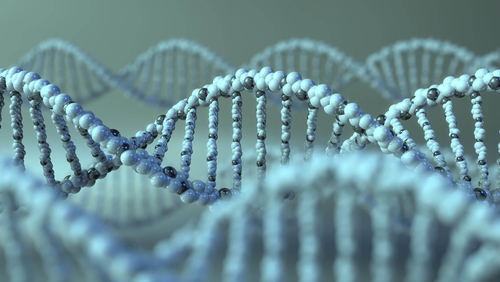Four New Gaucher Disease Mutations Found in Indian Patients
Written by |

A new study reports the spectrum of mutations present in Gaucher disease patients in India, identifying four previously unknown mutations and suggesting which ones might be most prevalent in that population.
The study, “Gaucher disease: single gene molecular characterization of one-hundred Indian patients reveals novel variants and the most prevalent mutation,” was published in BMC Medical Genetics.
Gaucher disease is caused by mutations in the beta-glucocerebrosidase (GBA1) gene. More than 450 disease-causing mutations in this gene have been reported. All of them ultimately lead to the production of an enzyme that doesn’t function properly, which causes the symptoms of Gaucher disease.
In the study, 100 patients from India who were suspected of having Gaucher disease — because of symptoms like anemia, low platelet levels, and enlarged liver and spleen — were studied. The patients ranged in age from newborn to 31 years, though most were children. Patients from across India were included, although most (43) were from western India.
Researchers first performed biochemical tests, like checking the activity of the glucosylceramidase enzyme, to confirm the diagnosis of Gaucher disease. Most patients (75) were confirmed to have type 1 Gaucher disease, with the remaining having type 2 (13 patients), type 3 (11 patients), or a type that could not be specified (two patients).
The investigators then examined the mutations in the GBA1 gene present in these patients. They first screened for the mutation c.1448 T>C (which is also called p.Leu483Pro, depending on whether the DNA- or protein-level change is being discussed).
This mutation is common among Indian patients with Gaucher disease, and 50 of the patients indeed were homozygous for the mutation. “Homozygous” means that both their copies of GBA1 (one each from their mother and father) had this same mutation. An addiutional 10 patients were heterozygous for this mutation, meaning only one of their copies of the gene had it.
Based on these results, researchers concluded that c.1448 T>C is the most common disease-causing mutation for Indian patients with Gaucher disease and suggest that this mutation could be used for mass screening.
The researchers then sequenced the GBA1 gene for the remaining patients and identified a total of 33 mutations. Most of these had been reported previously to cause Gaucher disease, but four of them — namely c.835C>G (p.Leu279Val), c.407C>T (p.Ser136Leu), c.1195G>C (p.Gly399Arg), and c.1148G>A (p.Gly383Asp) — had never been reported.
Thus, these mutations were analyzed using computer simulations, and the researchers found that all of these mutations likely affect the stability and shape of the glucocerebrosidase enzyme, which ultimately would lead to disease.
The researchers also noted that nearly half of these mutations were found in a relatively small region of the GBA1 gene, suggesting it might be particularly important for the enzyme to function, perhaps making it an effective target for screening.
“Our results confirmed the remarkable heterogeneity of the mutational spectrum of the GBA1 gene and provided new insight into molecular pathology of [Gaucher disease],” the investigators concluded in their paper.



